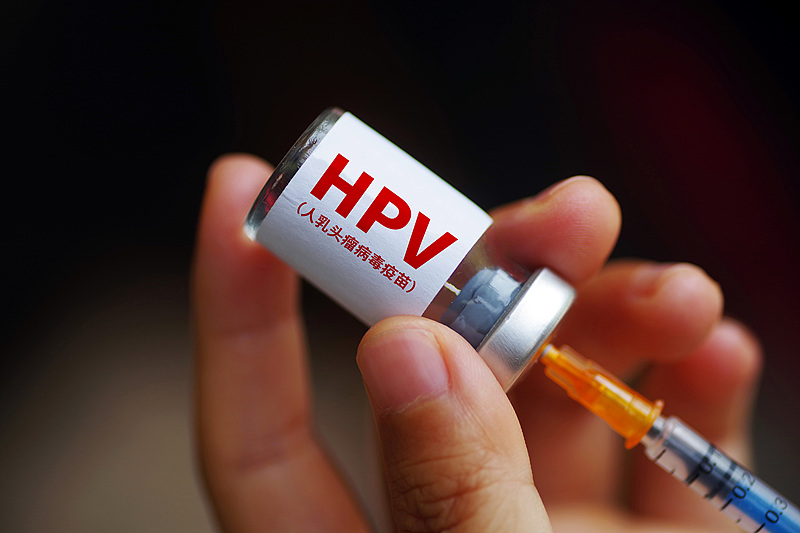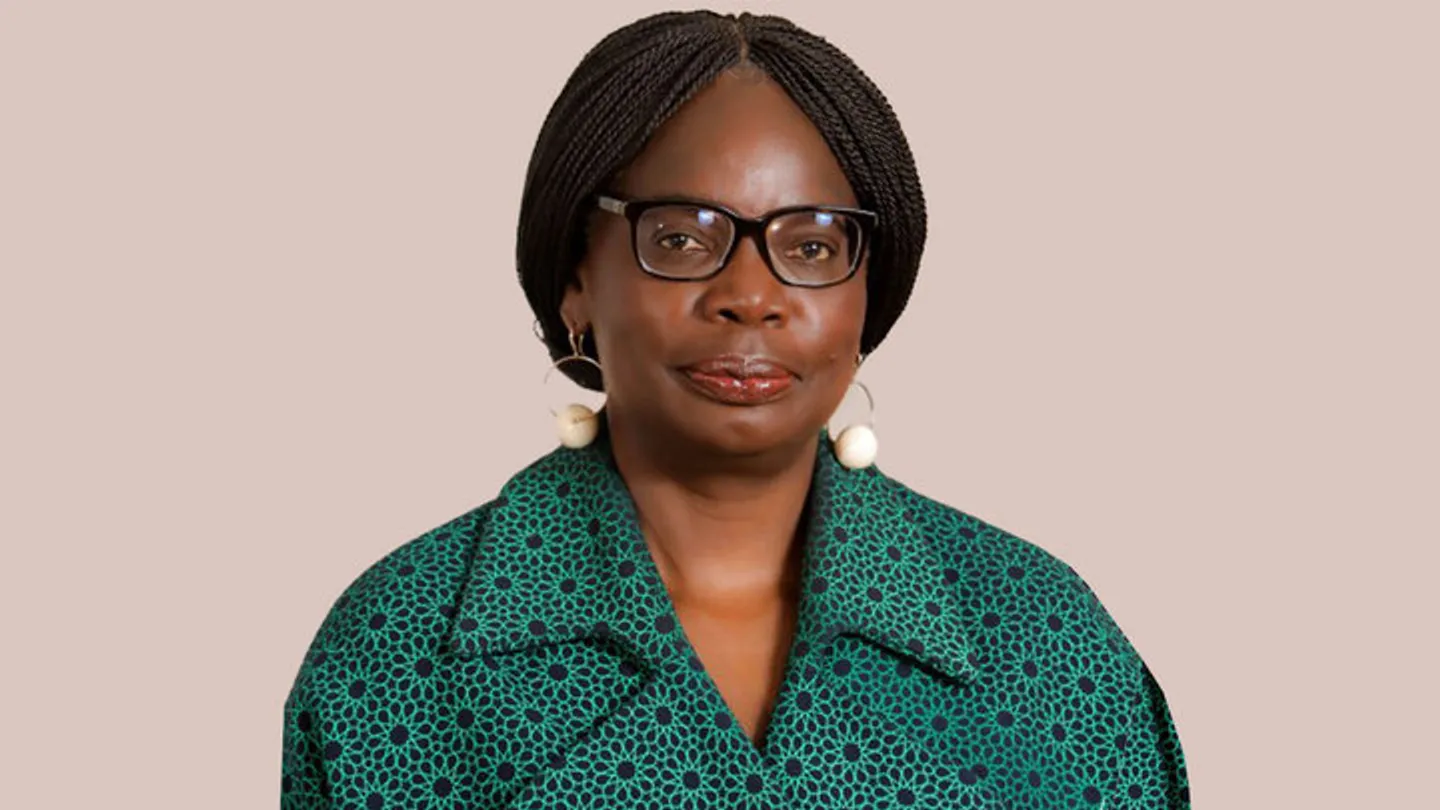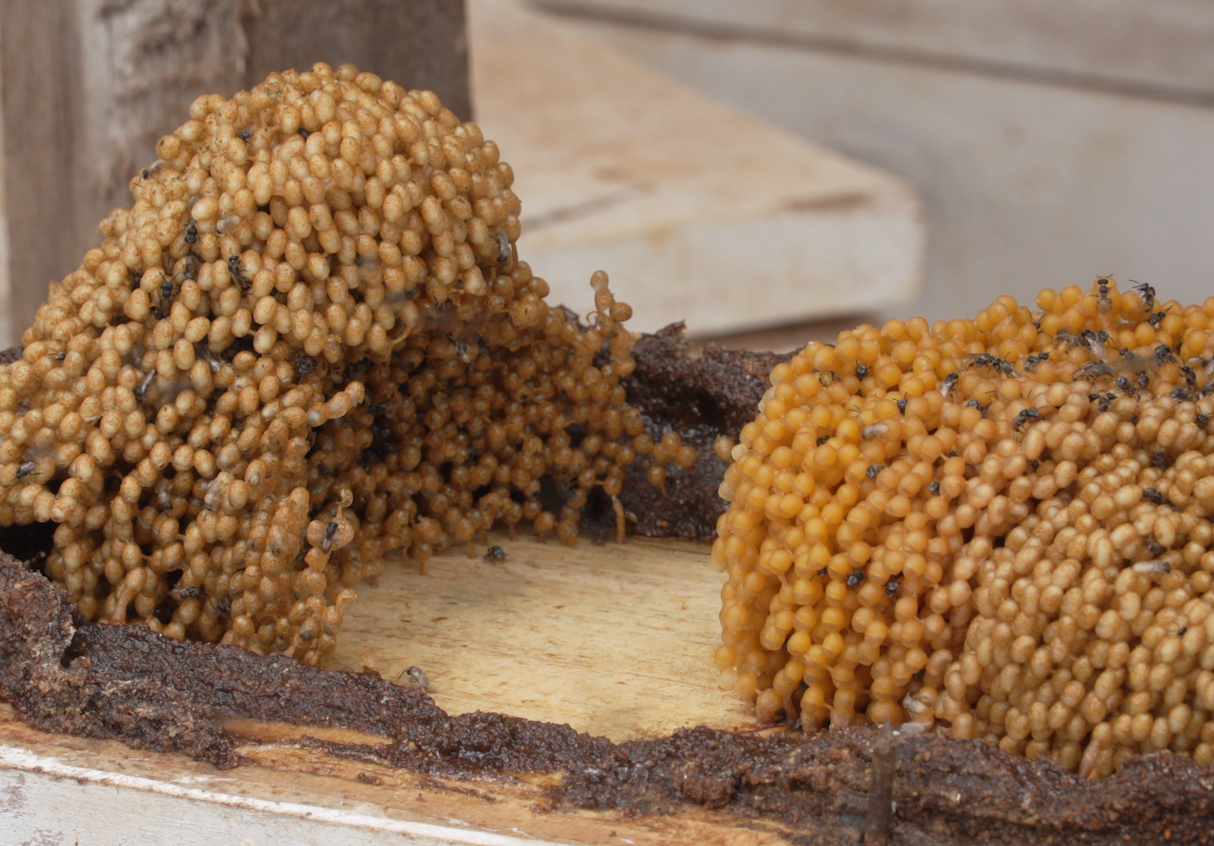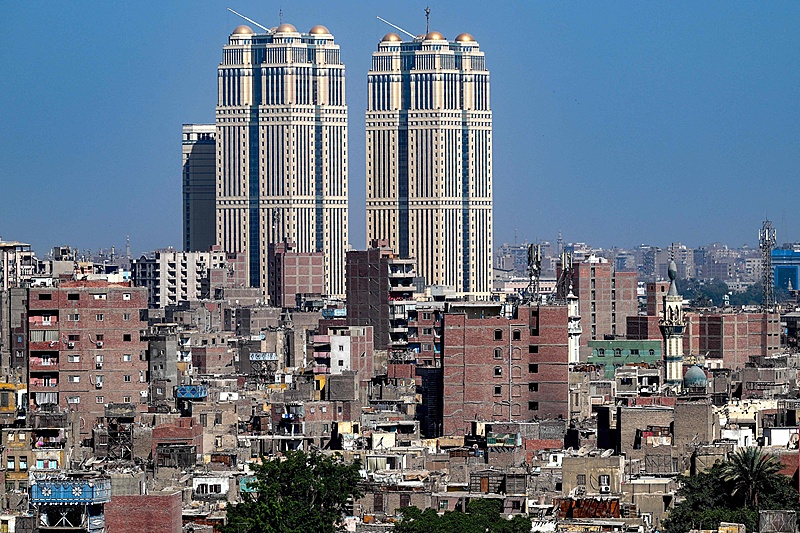
Zimbabwe’s electricity generation declines 39 percent in January-July

Electricity generation in Zimbabwe declined by 39 percent in the first seven months of the year, mainly due to reduced operating levels at the country’s major hydroelectric power plant, the country’s Finance Minister Mthuli Ncube said Friday.
He said electricity generated during the period dropped to 3,279 gigawatt hours from 5,337 gigawatt hours year-on-year.
“This is attributed to planned reduced operating levels at Kariba Power Station in order to allow the dam to fill up following a drastic fall in reserves of usable water,” Ncube said.
Zimbabwe has faced electricity shortages for years, a situation further exacerbated by drought, which resulted in low water levels in Kariba Dam, compromising hydro electricity generation at one of the major power stations in the country.
Ncube said that in order to address power shortages in the country, the government is undertaking several alternative electricity generation projects, most of which are funded by extra budgetary funds, loans and the private sector.
China has been funding most of the power generation projects, including the expansion of the Kariba South Hydro Power Station by 300 megawatts at a cost of 535 million U.S. dollars in 2018, and the current 1.5-billion-dollar expansion of Hwange Thermal Power Station by 600 megawatts.
Completion of the Hwange expansion project is expected to address power shortages in the country, and along with other power generation projects being implemented, to enable Zimbabwe to produce surplus power by 2025.
With a peak electricity demand of 1,700 megawatts, the southern African country is generating only around 1,000 megawatts and has to cover the shortfall through imports from the region.






